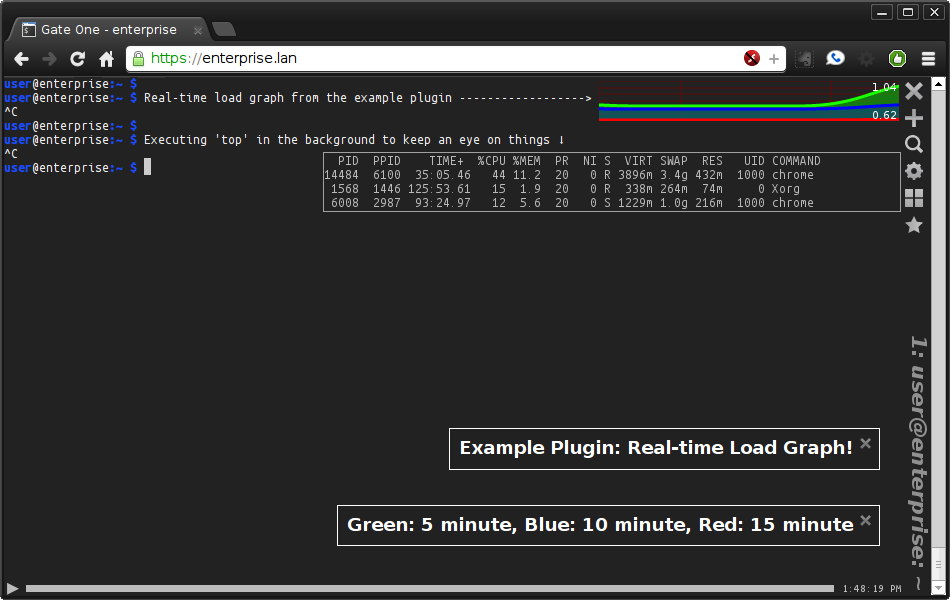

Ping (the East coast of the USA), or ping globaltimes.cn (mainland China)īut we can also ping individual machines. You should get back a bunch of lines will tell you how long, in milliseconds, your computer took to get a message to and from that website. The content of the message isn’t important, it is just to check that they are both connected to the network One of the very simplest ways for two computers to talk to each other is ping which is just a tool to check whether two computers can pass messages back and forth. Remember this number, we will use it later.Ĭomputers talk to each other in lots of different ways, but you are probably mostly familiar with webpages - the “world wide web” (www) served via the http protocol. If you are off campus it should change, so you now have an IP which starts 172. Now launch the University VPN and look for your IP again. All computer on the University network have IPs which start with the same number. If you are on campus you should see an IP of the form `’. If you are at home you may see one with the first two numbers. This command should give you a bunch of information.

(You can also google ‘what is my ip’ but that won’t work for what we’re about to do). You can find this out by typing ipconfig (Windows) or ifconfig (Mac) at the command line. You computer is also connected to the internet, so it has an IP address. Like the command line for individual computers, IP addresses are closer to the metal of how computer networks actually work.Ĭopy this IP into your browser and see which website it takes you to: 143.167.2.102. You are used to navigating the internet using domain names such as sheffield.ac.uk, but these names exist for human convenience.
OPEN IN TERMINAL SSH CODE
6.2 Fundamental principles of good code.4.10.2 Suggestions for possible project data sets.4.7.1 Warm up: Pair programming exercise.1.4.1 Further reading on the motivation for a data management component of this course.1 Overview, assessment & module organisation.PSY6422 Data Management & Visualisation.


 0 kommentar(er)
0 kommentar(er)
